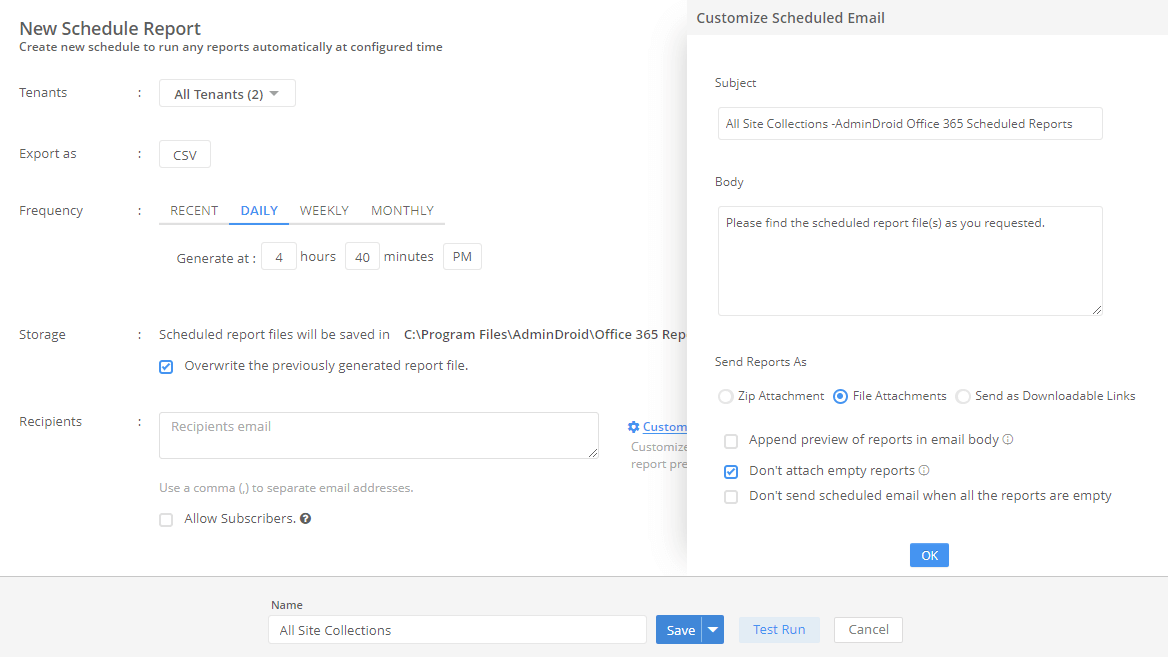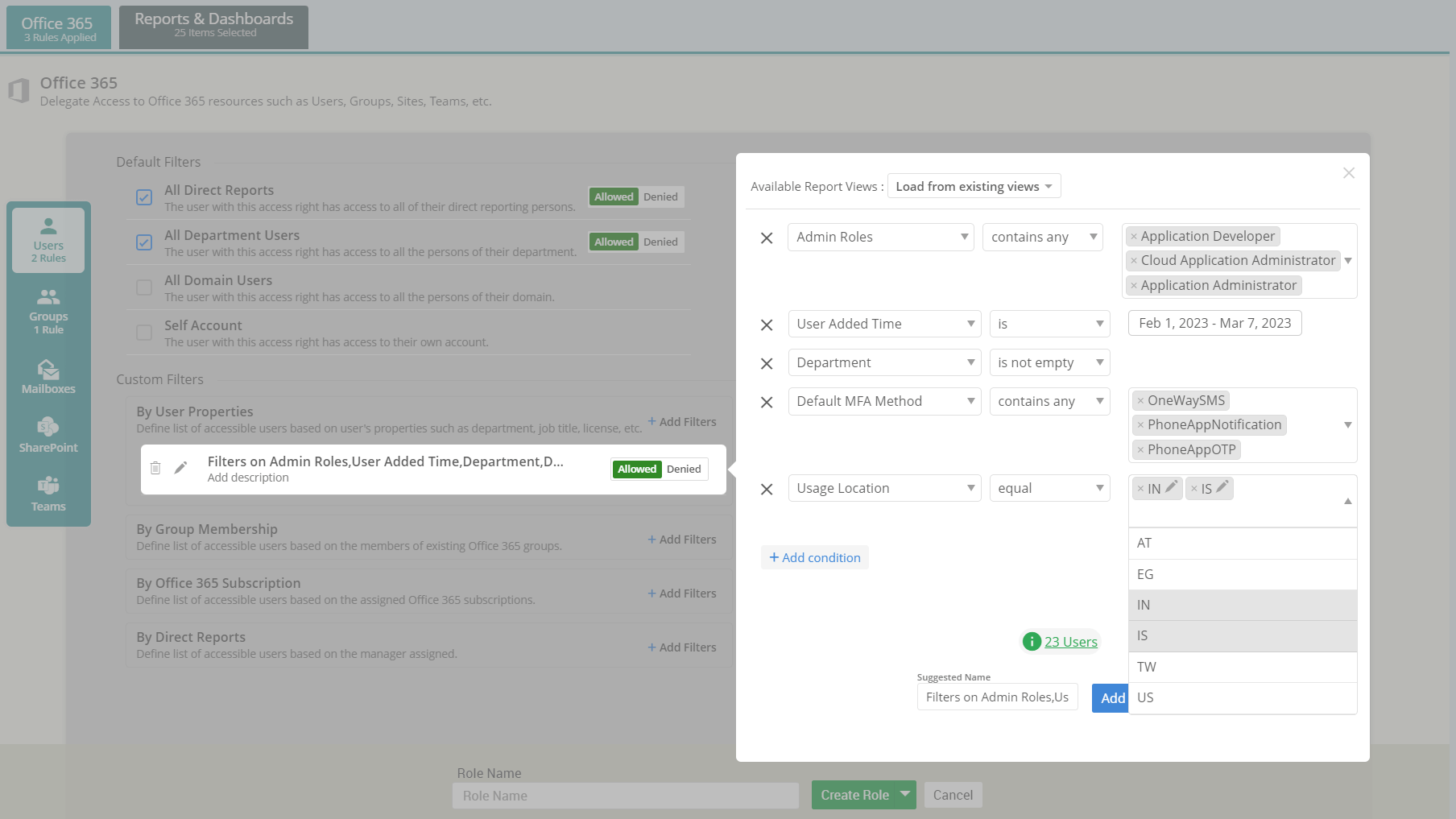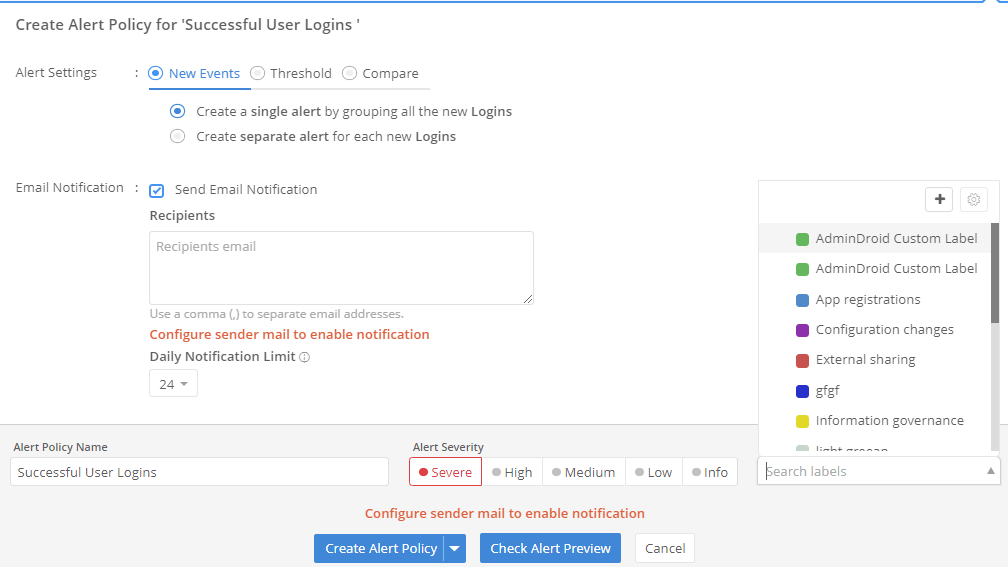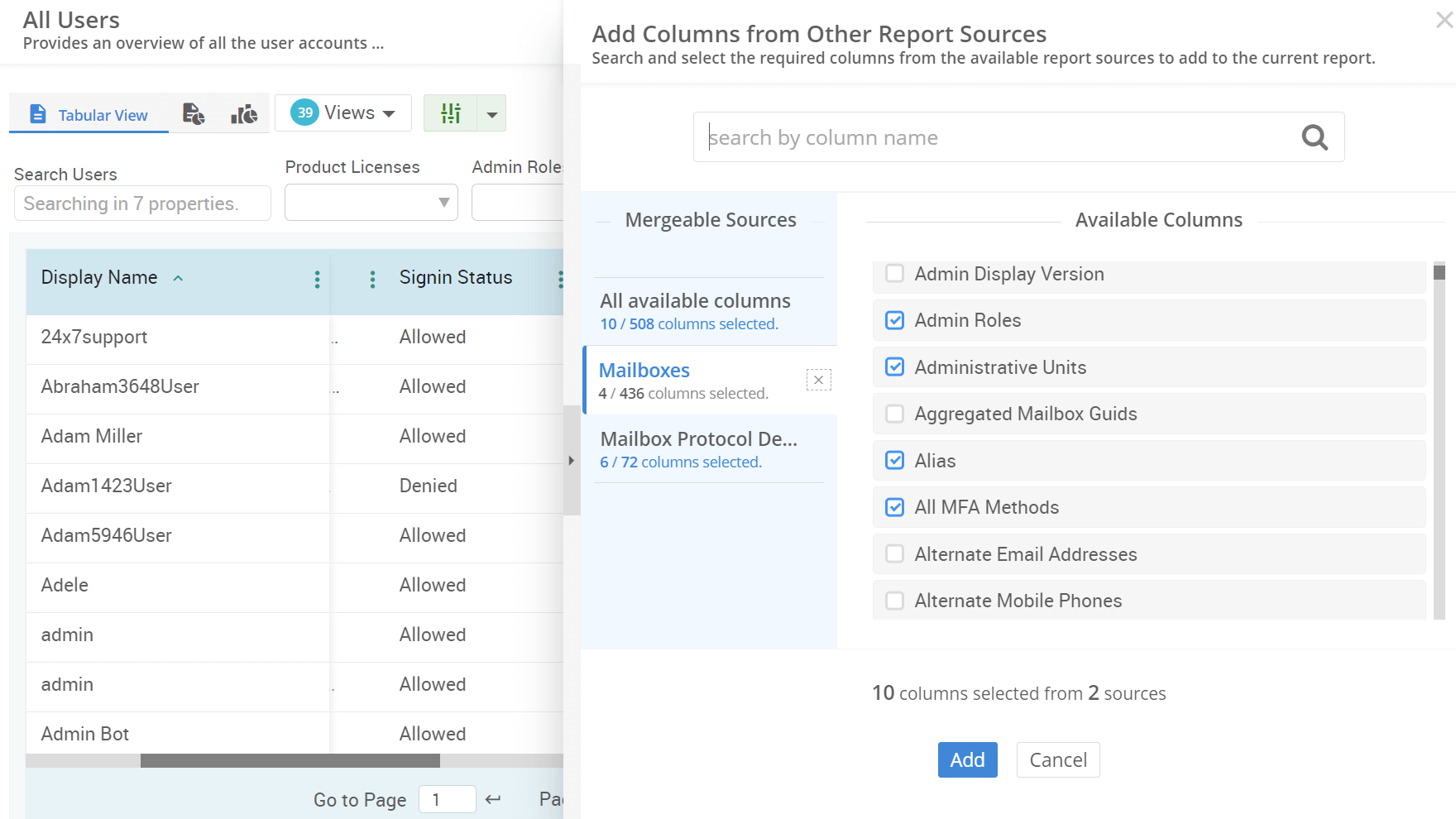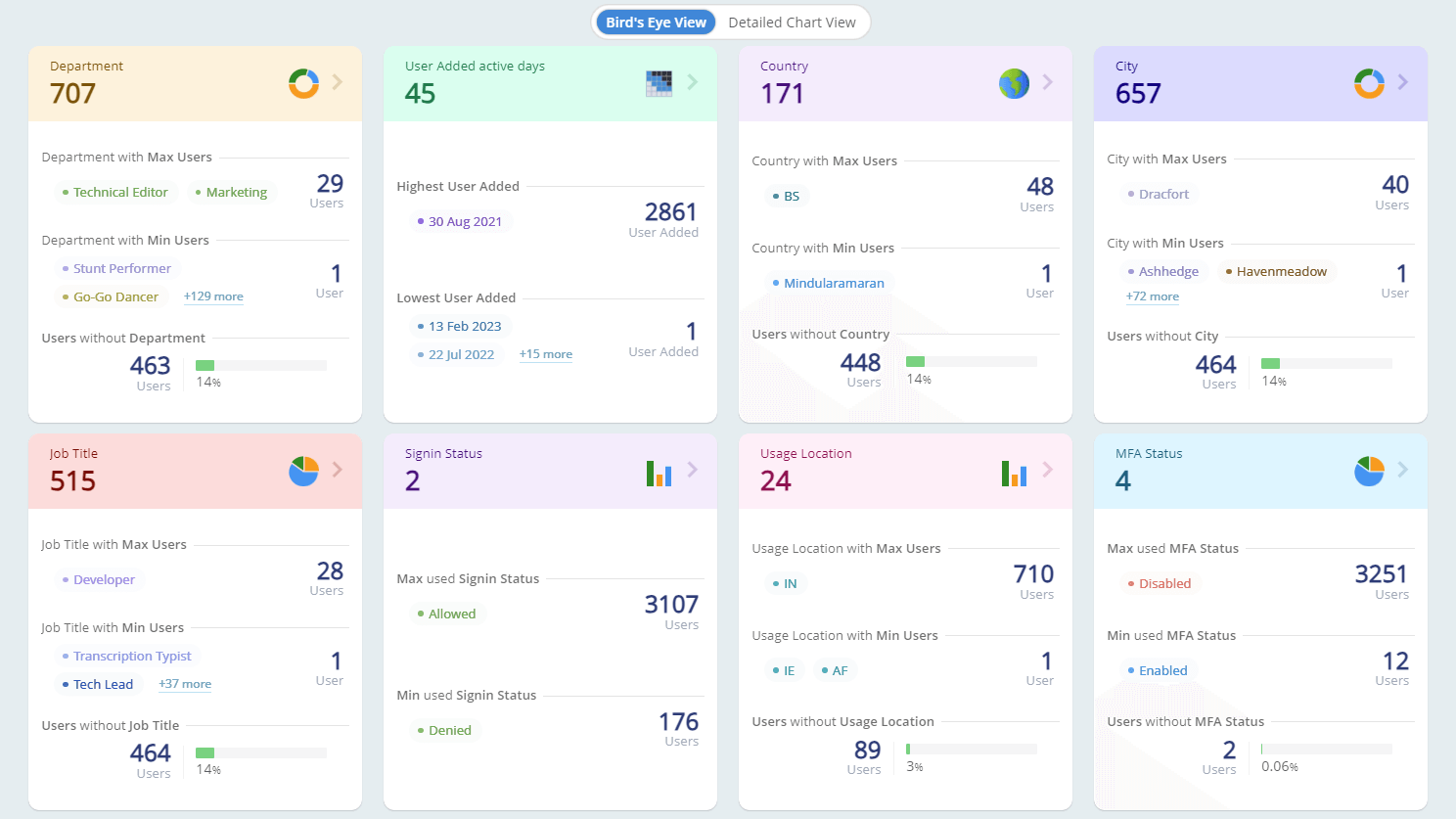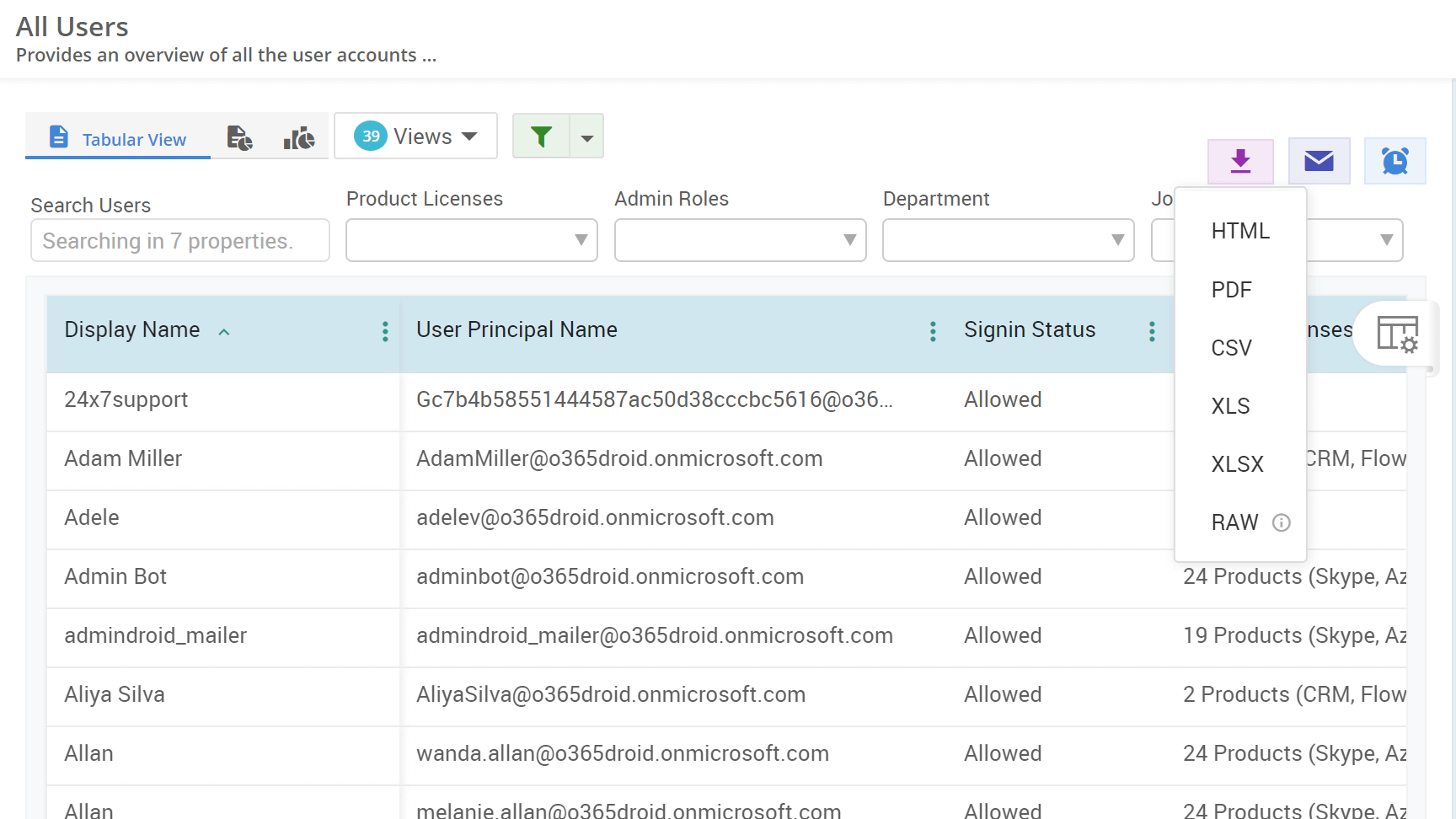How to Export Microsoft 365 Inactive User Report
Inactive users are those who haven't logged into Microsoft 365 for a particular period! These users present potential security risks and can consume unnecessary resources in your organization. We are here to provide step-by-step instructions to export inactive user report in Microsoft 365 and outline strategies to safeguard your organization.






